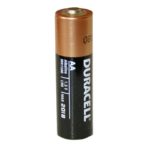What are the types and types of batteries?
Few people know that among portable batteries there are not only the well-known “finger”, “pinky” and “tablet” batteries, but also many other types of batteries. In this article we will take a detailed look at their typology and understand the labeling.
The content of the article
What markings may batteries have?
According to the regulations adopted by the International Electrical Engineering Commission IEC, all voltaic power sources can be divided into several categories based on parameters such as electrolyte composition and type of active metal. According to this standard, there are only 5 types of “classic” cylindrical batteries:
- alkaline;
- saline;
- zinc air;
- silver;
- lithium.
The R label denotes one of the most common types: saline. The cathode of a salt battery is in most cases made of zinc, the anode is made of manganese, and the electrolyte appears in the form of ammonium chloride and the same zinc. The features of this type include a low (about 1.5 volt) voltage, a high level of self-discharge, a not too large capacity and malfunctions at low temperatures.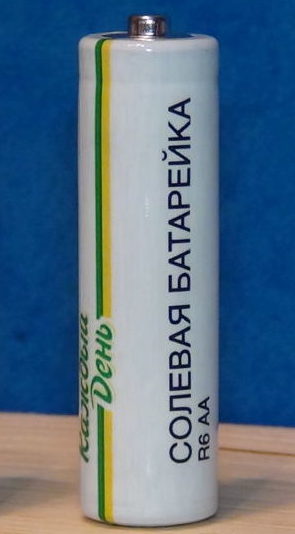
Reference. Salt batteries are the cheapest to produce.
This type is also popularly called carbon-zinc or zinc-carbon. Most often, the shelf life does not exceed two years.
The letter combination LR usually denotes alkaline batteries. They have the same cathode and anode, as well as an alkali metal hydroxide electrolyte. Their positive aspects include a small self-discharge, increased capacity compared to the previous type and an increased (up to 10 years) permissible storage period. However, in severe frosts from -20 degrees Celsius and below, such batteries can also begin to fail.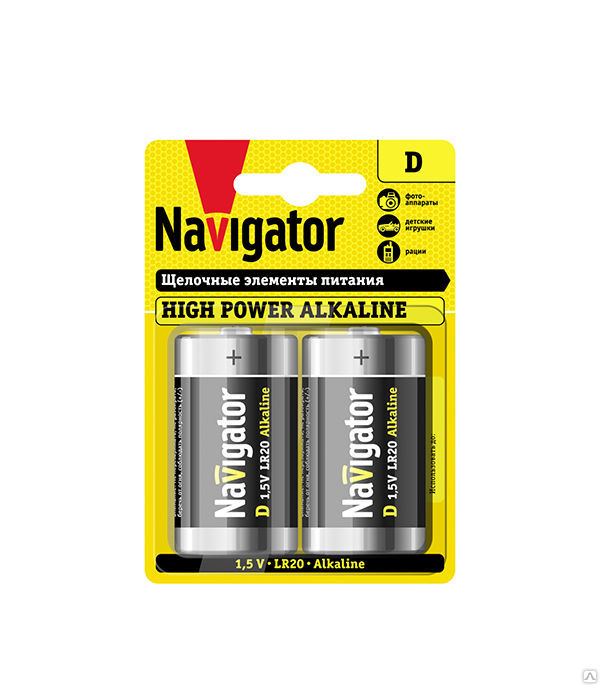
Reference. These batteries are also called alkaline batteries.
If the packaging is marked CR, then you have one of the highest quality batteries in your hands: lithium. A lithium cathode and an anode made of the same compound as “alkalines” provide these batteries with a stable voltage of 3 volts, good capacity, virtually complete absence of self-discharge and a shelf life of up to 12 years. They resist frost well and confidently “hold” temperatures down to -40 degrees, but the price tag for such batteries is much higher than for salt batteries.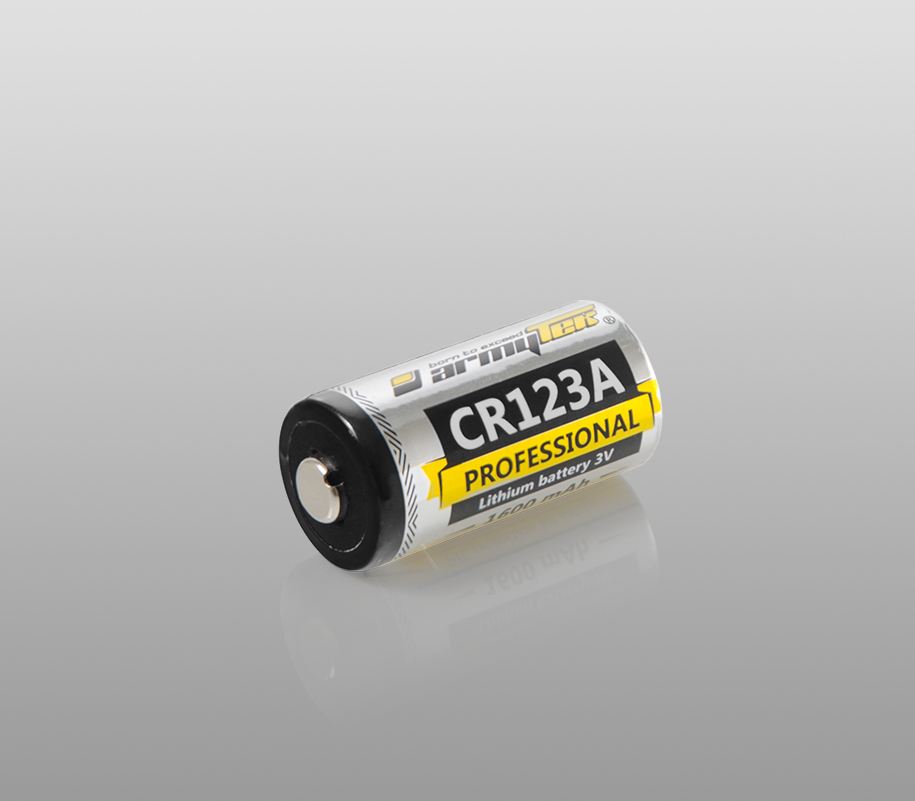
Manufacturers use the abbreviation SR to designate silver galvanic cells. Silver is present in them as an oxide and acts as an anode, while zinc serves as a cathode. Distinctive features of SR: voltage of 1.55 volts, low self-discharge, large capacity and preservation of performance at temperatures up to 30 degrees below zero.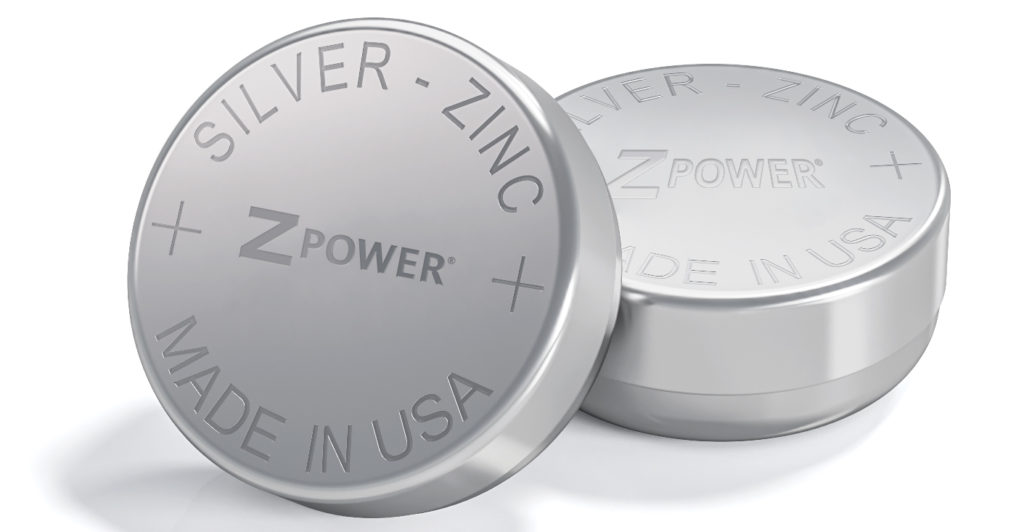
Reference. Most lithium batteries are used in watches. Their shelf life usually does not exceed ten years.
Finally, the letter combination PR denotes the zinc air type. Its most obvious disadvantages include its short service life (measured in weeks from the moment the package is opened), but it also has a significant “plus”: this type is the most environmentally friendly for disposal.
In addition, the positive aspects include high capacity and acceptable operating temperature conditions at a voltage of 1.2-1.4 volts. Self-discharge is quite high, so such batteries must be sealed during storage. If stored properly, they can last for years instead of just weeks.
Types of batteries by size with names
The so-called American classification system distinguishes 11 types of common batteries based on their size. In this case, the first four types are designated by the letters A in varying quantities: from 1 to 4, corresponding to the height of the element in the range from 42.5 to 50.5 mm and its diameter in the range of 8.3-17 mm. The letters B and C indicate alkaline and salt batteries with a diameter of 21.5 and 26.2 mm, respectively, with a length of 60 and 50 mm. The longest length in the classification are elements designated by the letter F - 91 mm.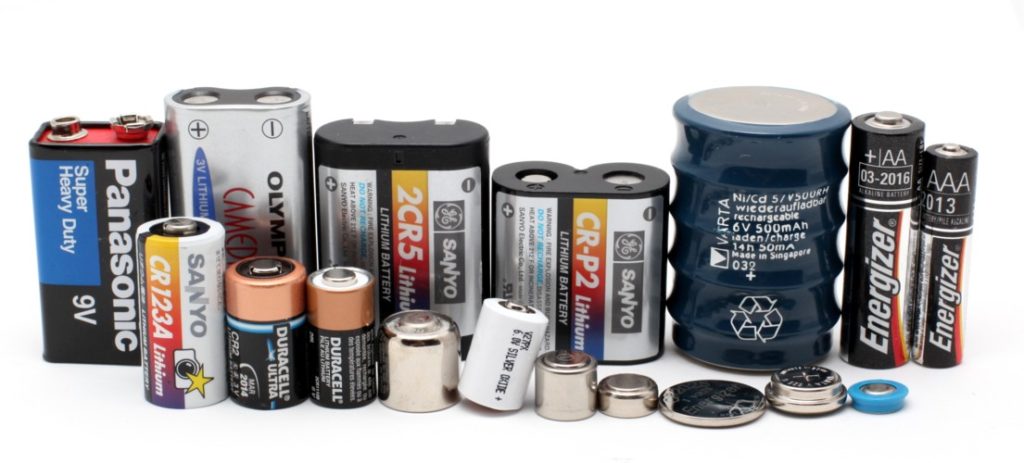
Reference. Despite the fact that the physical dimensions of most batteries remain the same, the steadily developing field of electronics provides a gradual increase in their capacity.
As for the so-called tablets, they also fit the above classification according to the type of substances used in the composition. “Buttons” are also marked with a three-digit or four-digit number, the first two digits (or one digit) indicate the diameter (mm), and the last two indicate the thickness in the form of a decimal fraction of one millimeter. For example, the marking “932” will mean that the “tablet” has a diameter of 9 mm and a thickness of 0.32 mm.
Rare types of batteries
Experts classify several types as the least common types of portable batteries.For example, the AAAA marking is quite rare: batteries of this type are used in thin flashlights or glucometers, as well as in powerful laser pointers.
It is rare to see the designation 1/2AA. It is used to designate a 3 volt lithium manganese dioxide battery. Its dimensions are small: 14x25 mm.
During the Soviet era, one and a half volt batteries labeled R10 were actively produced (however, then they were designated with the digital index “332”). Now the release is limited, but you can still find them in specialized stores. There is also a “modified” version of such a device, marked as 2R10 and having in its design, respectively, two R10 connected in series, each with a voltage of 1.5 volts. These batteries are most often used in radio-controlled equipment.
Reference. One of the most “ancient” and rare types of batteries today can be considered the type marked 3336. These elements are square in shape and are used mainly in lighting technology; they have been produced since the very beginning of the 20th century.
Well, the last (but not least rare) type in our selection will be marked A27 - an alkaline battery consisting of eight LR632 elements connected in a single network in series. A27 can be found in electronic cigarettes or lighters.


